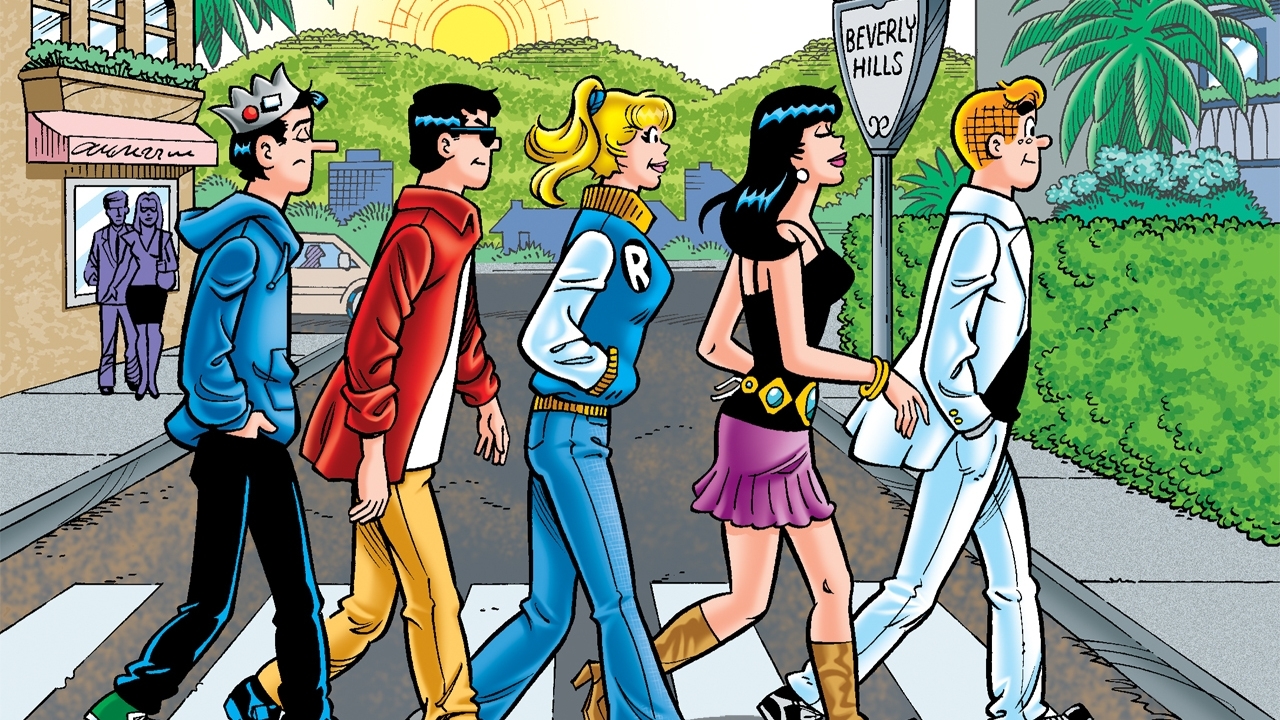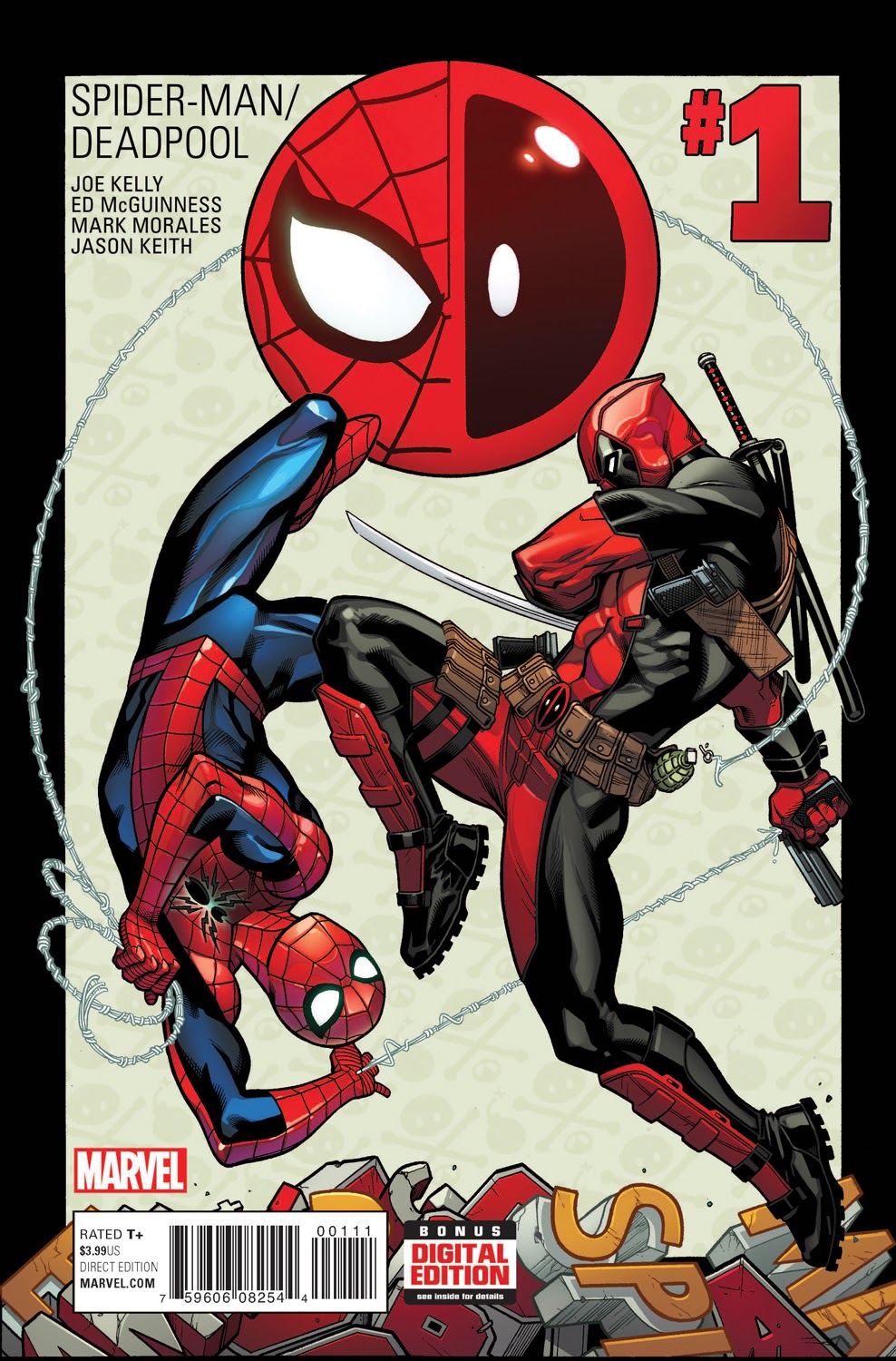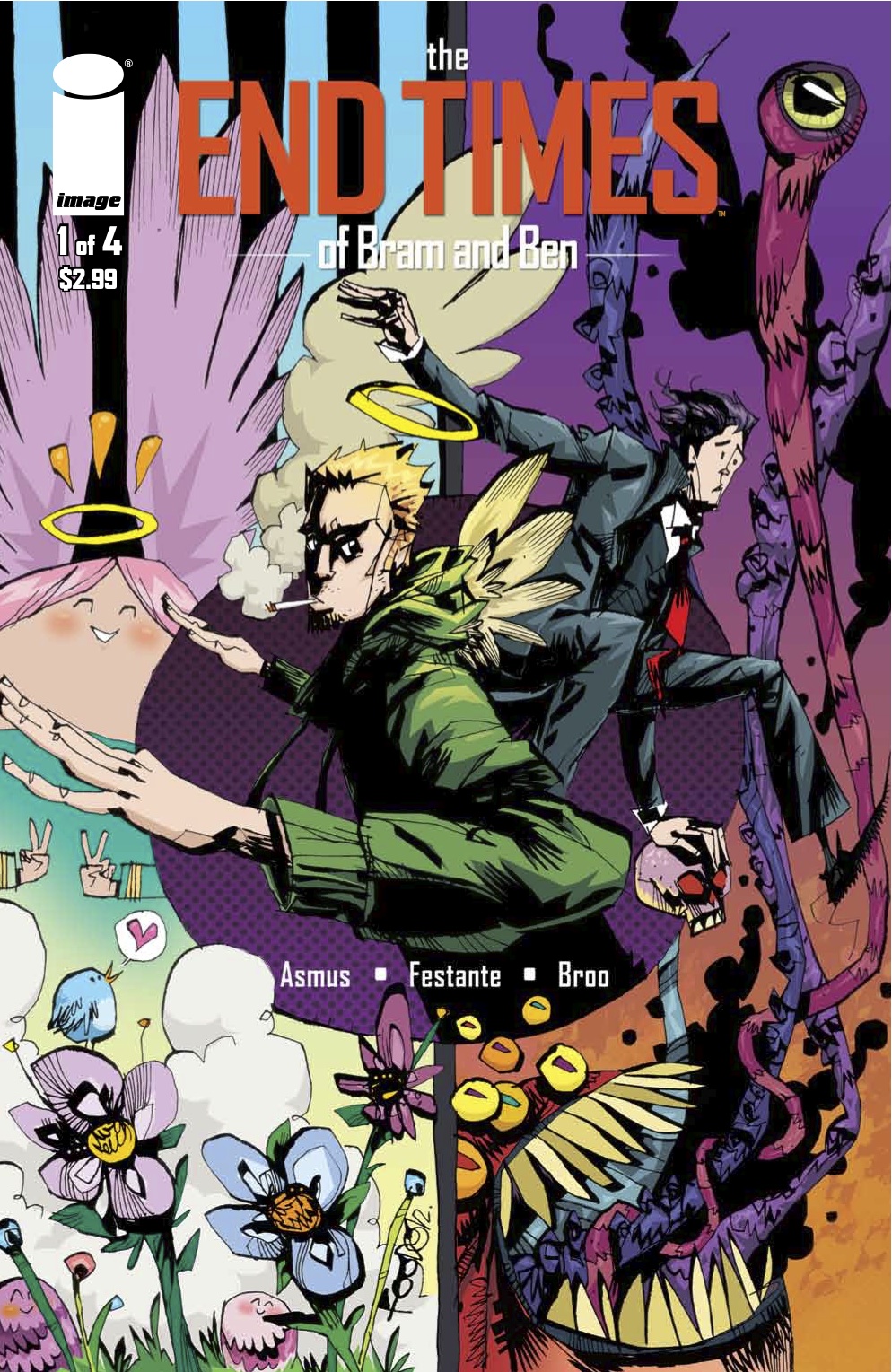On the rare occasion that I am ever asked to recommend a new comic series or book to another friend, there is usually one book over the past five years that comes to mind.
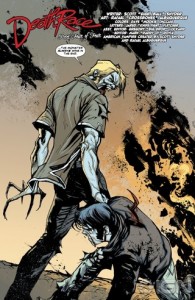
Before he scaled the lofty heights of comicdom with his masterful run on DC Comics most popular hero Batman, Scott Snyder was busy cutting his teeth (pardon the pun) on a series which has since become one of my most favourite graphic novels of the past decade.
American Vampire, is a century spanning epic of Vampire Mythology transfused with the rich nostalgia associated with mainstream Americana and popular culture. The story is centred primarily on the violent story of Skinner Sweet; a western outlaw who goes on to become North America’s first vampire (an origin written by horror master Stephen King), ushering in a new stage of evolution for the species. Alongside Skinner’s story, is that of Pearl, an aspiring actress who is transformed by Skinner and offers an interesting alternative to the generally high concept adventures of her maker. Both work as the American Vampires of the series title and are engaged in a cat and mouse chase from both the Vampire patriarchy of the old world and an Ancient order of Vampire hunter’s seeking to wipe them from the earth.
Perhaps the most engaging aspect of the text is the interesting changes to vampire mythology that these newer, nastier vampires have over their European counterparts. Snyder has turned the book on its head and done new things with what could be considered a stale genre. The American Vampire thrives in the sun instead of being incinerated by it. It has an aversion to gold instead of garlic and is weakest of all in the full moon. Not only that, Snyder had added other species of vampire to the proceedings. Giant Bats, werewolves, subterranean molemen and giant Indian demons all feature in this strange cacophony of vampire lore, scattered throughout popular American history.
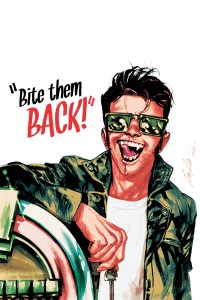
It’s this approach to American history that also what differentiates the text from anything else on the market. Not since Anne Rice’s 1976 novel Interview with the Vampire have the temporal changes in time and location had such power over the text. Combined with Rafael Albuquerque’s beautifully scratched art, Snyder manages to capture temporal snapshots of American culture from some of the most defining decades of American history. From the American West, the decadent twenties, World War II and the birth of the teenager in the fifties, American Vampire offers Snyder incredible scale to create, allowing an almost limitless canvas from which to present stories for his immortal, undead leads.
Supplementing this text, the story is littered with a diverse palette of interesting colourful characters that demonstrate the diversity of the United States. These aren’t just limited to the candy cane chewing, gun slinging murderer Skinner Sweet and the innocent, survivalist Pearl Jones. Other characters such as Arch-Vampire Hunter Agent Hobbes, African-American GI Calvin Poole and Travis Kidd, a slick greaser who hunts vampires with a pair of wooden fangs so as to “bite them back!”
Like Robert Kirkman’s The Walking Dead, this series is just waiting for a channel like HBO to pick it up for TV (Footloose’s Kevin Bacon taking the central role as Skinner Sweet, in my eyes would be a wonderful, if slightly left field piece of casting). For those who haven’t read American Vampire yet, I sincerely urge you to give it ago. Even if you’re not a fan of vampires, the use of American folklore and popular culture should be enough of a draw. There’s very little out there on the market like it and while the monstrosity of Twilight may linger in people’s minds even nearly a decade after it was published, these vampires do not sparkle.
They bite.


